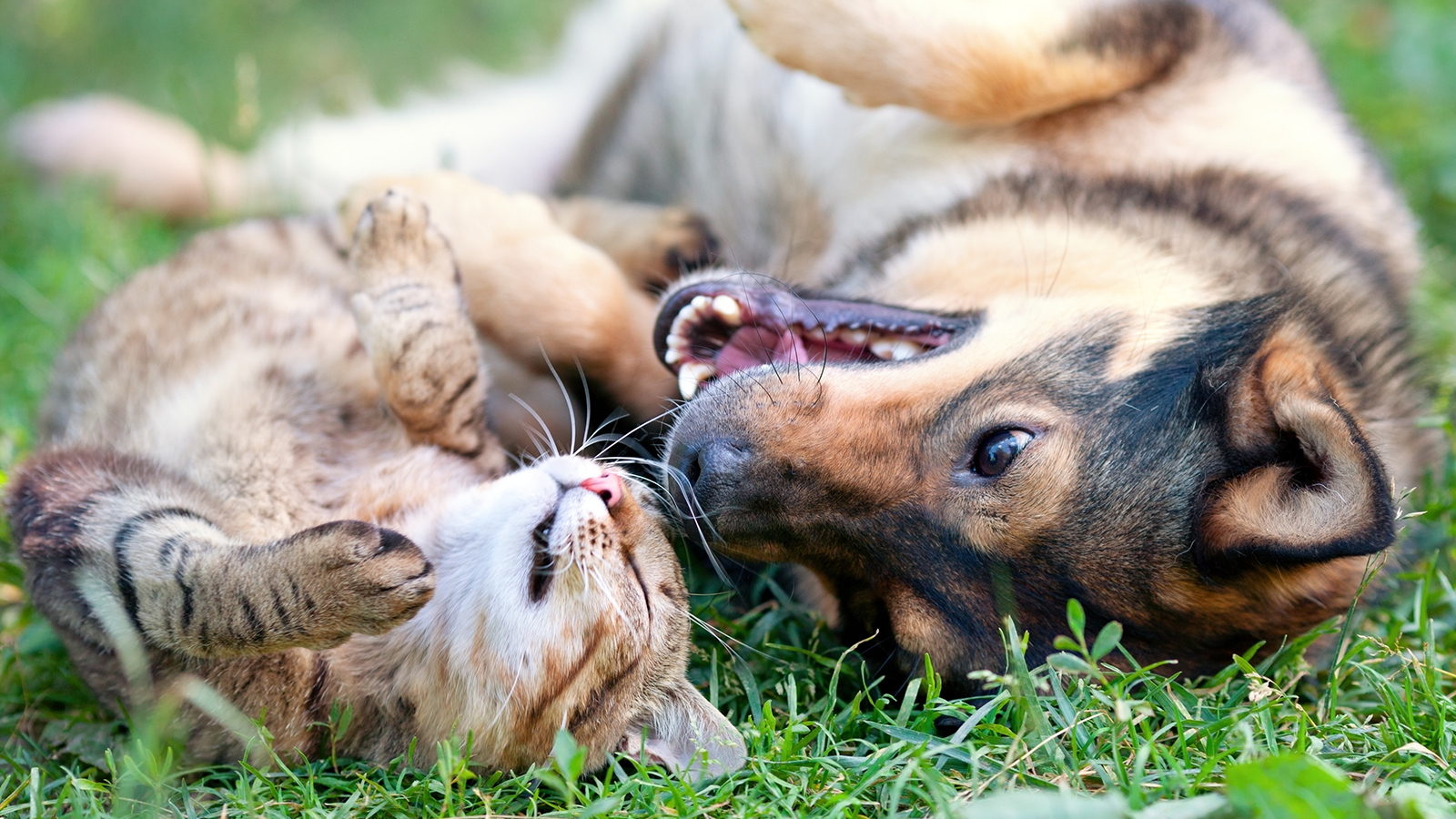
 Menu
Menu
Congenital and traumatic luxation of the Elbow

What is Congenital and traumatic luxation of the Elbow?
Elbow luxation (dislocation) occurs when a bone (usually the ulna) separates from its position within a joint. This can be a congenital condition (present from birth) or a direct result of trauma. Neither congenital nor acquired luxations are common in dogs and congenital elbow luxations are unreported in cats.
Congenital elbow luxation most commonly occurs in small breed dogs (e.g. Yorkshire terrier, Boston terrier, Pomeranian) and can lead to severe limb deformity and dysfunction. The limb deformity is typically noted at birth, or shortly after, but the patient may have varying degrees of lameness. The heritable nature of this disorder is poorly understood but breeding from affected animals is discouraged.
How is it diagnosed?
Diagnosis is via physical examination and palpation of the elbow joint. When traumatic luxation occurs patients usually present unwilling to place weight on the affected limb and often hold the limb away from the body and partly flexed. Physical examination reveals a painful joint region and distortion of the local anatomical landmarks. We use radiography to confirm luxation, and rule out concurrent injury.
How is it treated?
Reduction (relocation of the bone into its correct anatomical location) and stabilisation should be performed as early as possible before secondary changes can occur, such as bone remodelling and osteoarthritis (see link). This can be difficult to achieve in congential elbow luxation. Reduction of a traumatic elbow luxation can sometimes be achieved by a closed technique (without surgery, through manual manipulation of the joint externally which requires the patient to be under general anaesthesia) or via an open technique, which is surgical. Stabilisation of the joint often revolves around repair of the ligaments using suture material and bone anchors or screws.
Chronic or recurrent elbow luxations can necessitate arthrodesis (joint fusion). Elbow arthrodesis limits the patient’s function because a normal range of motion of the elbow joint is essential for a normal gait. It is a salvage procedure and is performed as a last resort and as an alternative to amputation.
Stay in touch
Follow us on social media and keep up to date with all the latest news from the MVS clinic.



